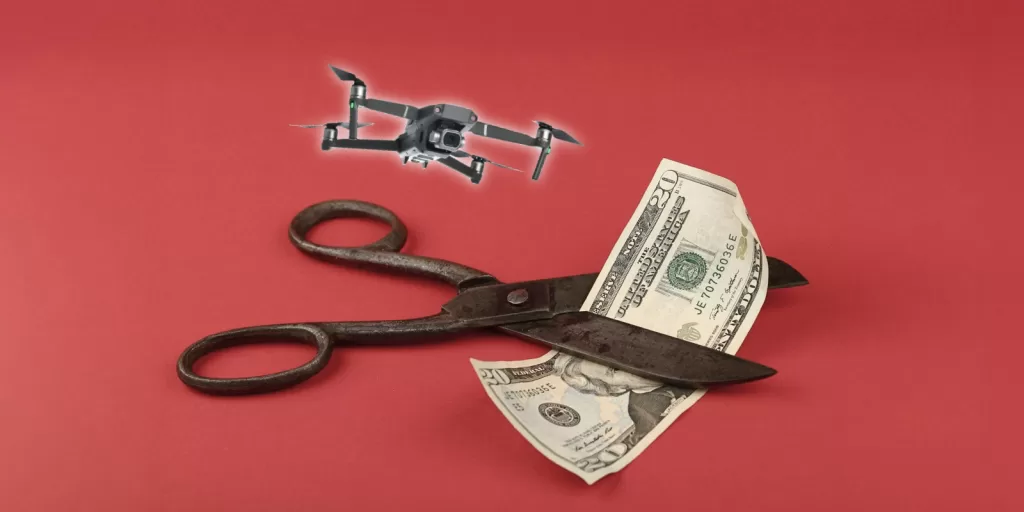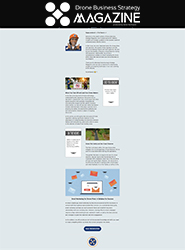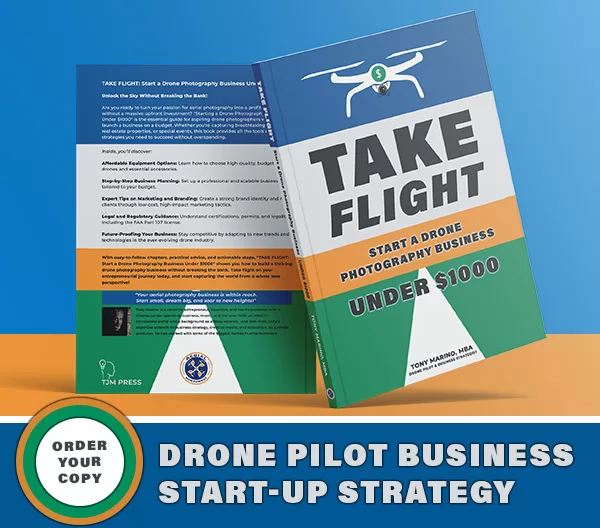
The commercial drone industry is at a crossroads. Drone pilots, especially those with years of experience, are feeling the pressure as pay rates drop, competition increases, and market saturation takes hold. Richard, a fellow commercial pilot, voiced a common concern: “Drone pilot pay is in decline, and currently not worth it. I’ve been a pilot for several years.” While this sentiment is shared by many, the truth is, this dip may be a natural part of the industry’s growth cycle.
As the drone industry matures, the market will eventually correct itself, but how long will that take? And what can pilots do in the meantime?
The “Wild West” Phase
Right now, we’re in the “wild west” phase of drone technology. When the market first exploded, the demand for drone pilots was high, and companies were willing to pay premium rates for aerial footage, surveying, and other services. But as more pilots entered the market, the supply began to outpace demand, which is leading to a decline in pay. This is the classic supply-and-demand issue that every growing industry faces.
The drone industry, much like early technology markets such as computers or smartphones, saw an initial surge in demand. But once the industry settled into a more sustainable pattern, it became evident that the law of supply and demand would bring things back down to earth.
The truth is, this current decline in pay is part of the growing pains that come with market maturation. It may seem discouraging now, but we’re in the midst of a market correction that will ultimately lead to higher demand and better pay for skilled professionals.
Market Saturation and Technological Advancements
Over the past decade, the drone industry has grown exponentially. What started as a niche market for hobbyists quickly turned into a full-fledged commercial industry. This explosion in growth led to increased competition, and more drone pilots entered the field, which caused an oversupply of services. With the rise of more advanced drones and automation technology, the barrier to entry for new pilots has also decreased, further driving down prices.
As competition increases, some drone pilots may find themselves struggling to earn a steady income. But technological advancements, while creating challenges, also provide new opportunities. Drones are being used for more than just aerial photography. There’s a growing demand for specialized services like infrastructure inspection, agricultural monitoring, and data analysis. These niches offer higher pay rates, but only for those who take the time to specialize.
The Strategy to Survive: Specialization and Education
If you want to survive the “wild west” of the drone industry and come out on top when the dust settles, here’s what you need to do:
1. Niche Specialization
Specializing in a niche market—whether it’s real estate, construction inspections, or agricultural surveys—can help you stand out. As the drone industry matures, general drone services are being commoditized. However, specialists who can provide tailored solutions remain in high demand.
- Example: A drone pilot who focuses exclusively on agricultural crop monitoring using advanced sensors and data analytics will have a significant edge over a general drone photographer. In the same way, other specialized services like infrastructure inspection or surveying can command higher rates.
- Why It Matters: As market saturation increases, standing out through specialization allows you to target higher-paying industries that are less affected by the flood of general drone services.
2. Build Strong Client Relationships
The best way to stay afloat in a saturated market is by building long-term relationships with your clients. Instead of competing on price, focus on providing exceptional service, delivering value, and positioning yourself as a trusted partner. When clients trust you, they’re more likely to return for future projects—and refer you to others.
- Tip: After your job is done, follow up with clients and offer additional services or follow-up shots. This not only strengthens your relationship but increases your value over time.
- Why It Matters: As the drone industry matures and businesses fully realize the value of aerial data, building strong relationships will help you retain clients in an increasingly competitive market.
3. Diversify Your Services
Don’t just limit yourself to aerial footage. Expand your service offerings to include things like 3D modeling, thermal imaging, or data analysis. The more you can offer, the more valuable you become to your clients. For example, rather than just taking photos of a construction site, you can provide a full package with 3D mapping and data analysis, which will command higher rates.
- Tip: Invest in specialized drones and software to provide advanced services like surveying or inspections, which are in high demand and can command better pay.
- Why It Matters: While basic aerial photography services are becoming commoditized, diversifying into more complex and valuable services will set you apart and protect your business from market shifts.
4. Educate Your Clients
Many businesses still don’t fully understand the potential value drones can provide. It’s up to you to help them see how drones can improve efficiency, save costs, and deliver invaluable data. The better your clients understand the technology, the more willing they will be to invest in it.
- Tip: Create case studies, offer webinars, or write blog posts demonstrating the true value of drones in your specialized field. Show real-world examples of how your services have helped other clients.
- Why It Matters: As drone usage becomes more widespread, educating your clients on the value proposition will make it easier to command higher rates for your services and position yourself as a thought leader.
5. Embrace New Technology
The drone industry is driven by innovation, and staying ahead of the curve is critical. New technologies—whether it’s advanced flight software, enhanced camera equipment, or improved data processing tools—can provide a competitive edge. Those who adopt the latest tools and techniques will offer cutting-edge services that clients are willing to pay for.
- Tip: Regularly upgrade your gear, stay informed about industry trends, and invest in the software that will allow you to offer superior services.
- Why It Matters: As the market matures, only those who stay on top of technological advancements will be able to differentiate themselves from the pack and command higher rates for their services.
6. Patience and Persistence
Above all, remember that success won’t come overnight. Many drone pilots give up too soon because they don’t see immediate results. The drone market is still evolving, and while it’s going through growing pains, it’s also paving the way for a more stable and profitable future.
- Tip: Focus on building your skills, networking, and refining your business approach. The market will stabilize over time, and those who stay persistent will reap the rewards.
Takeaway: The Road Ahead: Value and Demand Will Rise
Yes, drone pay may be down right now, but this isn’t the end of the story. The market is evolving, and this current dip is part of the growing pains. The industry is shifting, and as businesses begin to realize the full value of drones, demand will increase, and so will prices.
What to Do Now: Stay patient, invest in your education, specialize in a niche, and focus on building lasting client relationships. As demand grows for specialized drone services, those who adapt will thrive. The market will course-correct, and when it does, you’ll be in the best position to capitalize on the rising demand. 😉 T
If you have any questions, let us know! If you’d like to hire us, you can get more information here.
Written by: Tony Marino, MBA – FAA Certified Part 107 Commercial Drone Pilot and Chief Business Strategist at Aerial Northwest
Disclaimer: The information provided in this blog post is for general informational purposes only and should not be construed as legal advice.
Drone Pilot MBA (Podcast):
Drone Pilot Pay: A Decline or a Temporary Setback?
Resources
FAA Resources: FAA DroneZone
Article: What Does it Mean to Decode the Drone Industry?
Article: Pitch Perfect: Guide for Drone Pilots to Get Jobs
Drone Service Providers Alliance
Commercial Drone Alliance
Starting Your Own Drone Service Business
Pick up your copy today on Amazon and wherever fine books are sold.

DRONE BUSINESS STRATEGY MAGAZINE
A free digital publication made exclusively for all small business drone pilots to them help start-up, become profitable while sustaining a competitive advantage within the drone service industry sector they opt to serve.
“If you love to fly, we’d love to have you come aboard!”
We share your information with no one. Our Privacy Policy.










Leave a Reply
Your email is always safe with us.